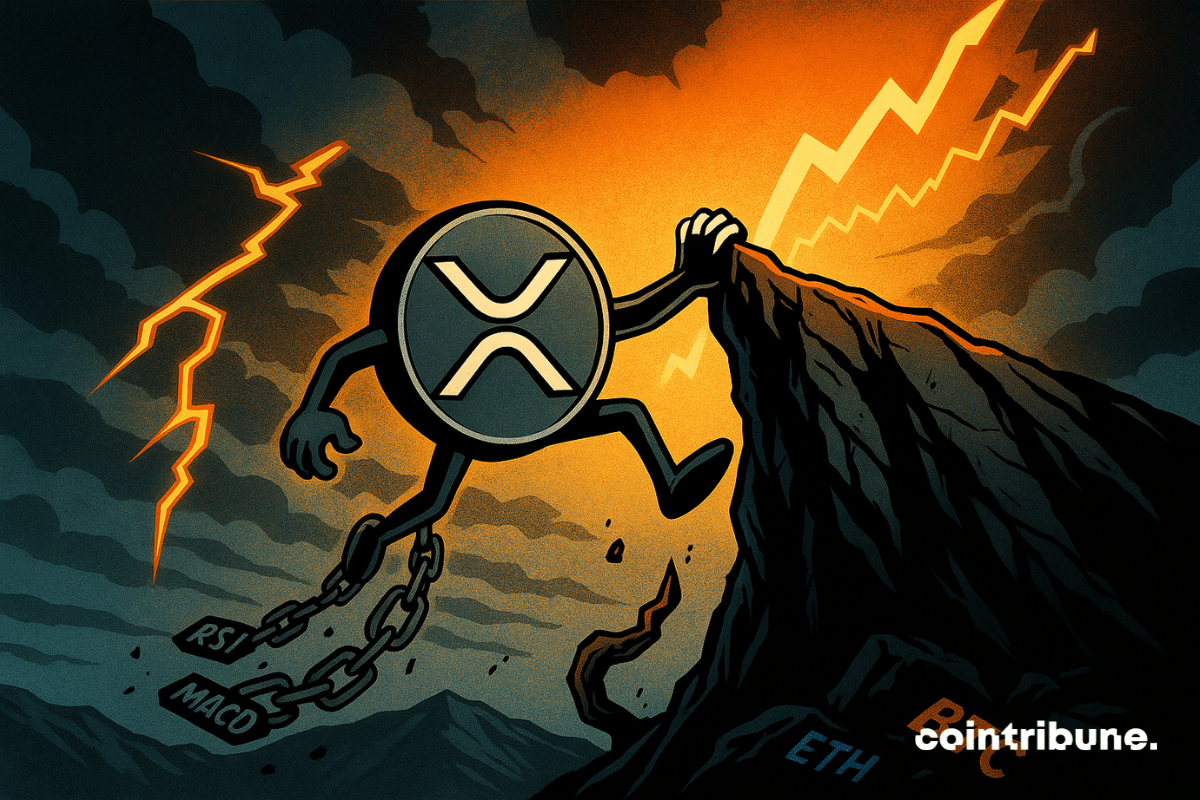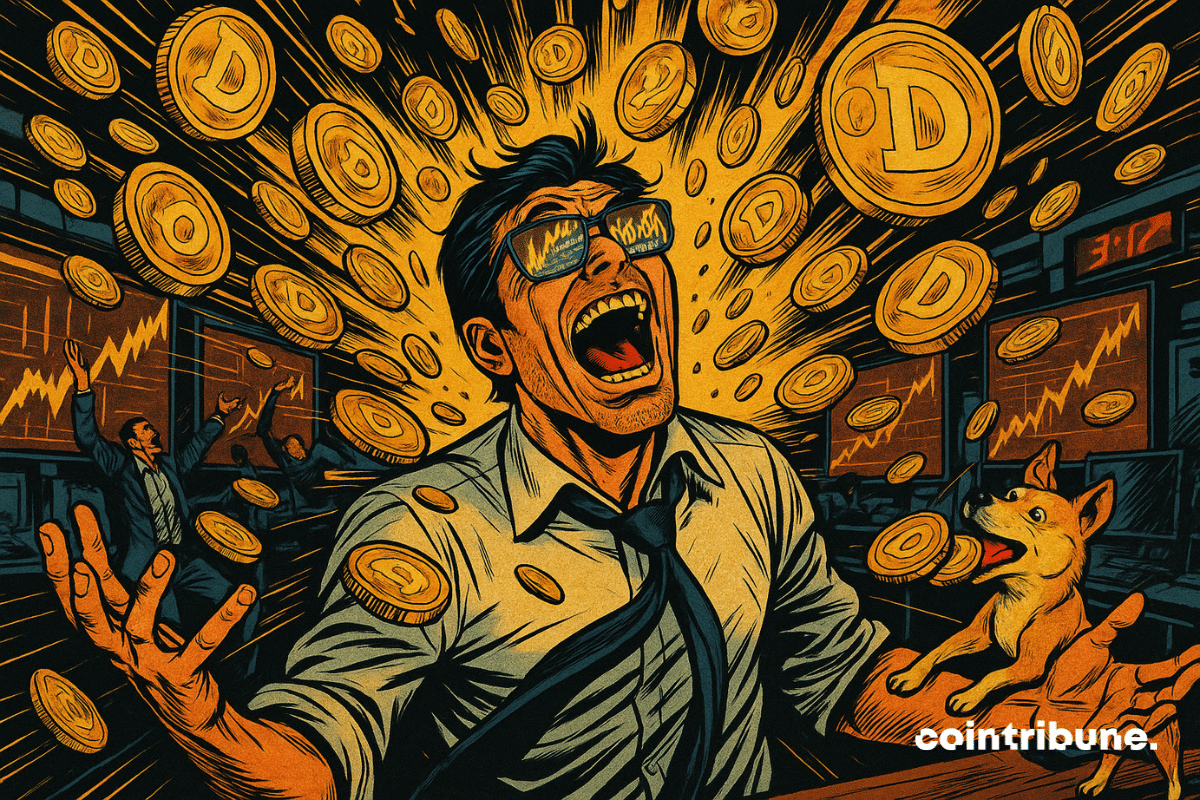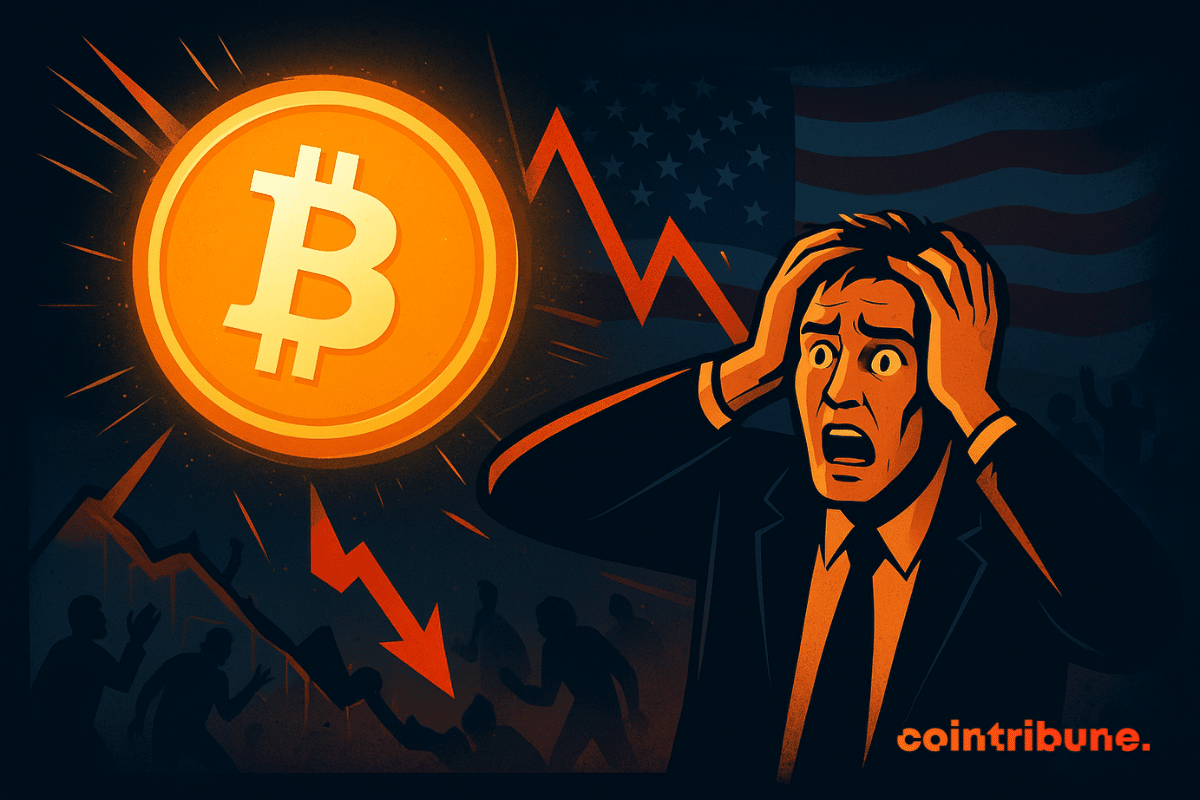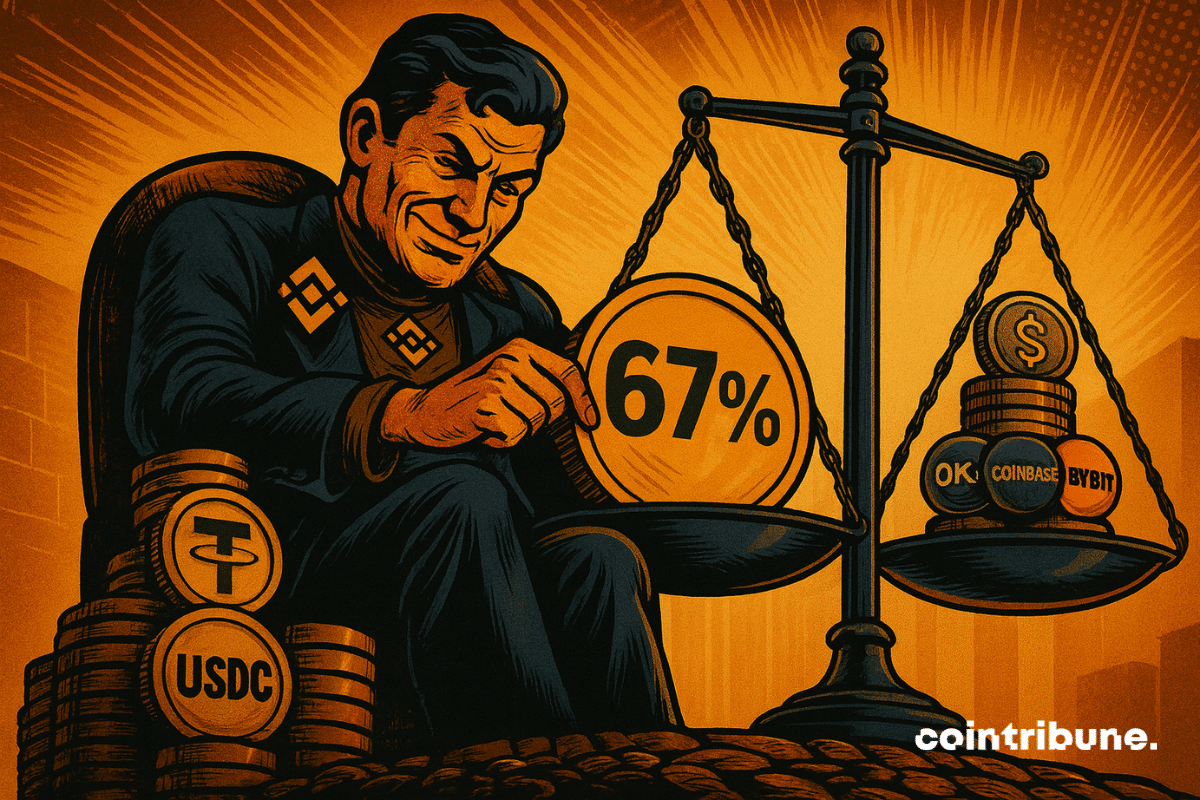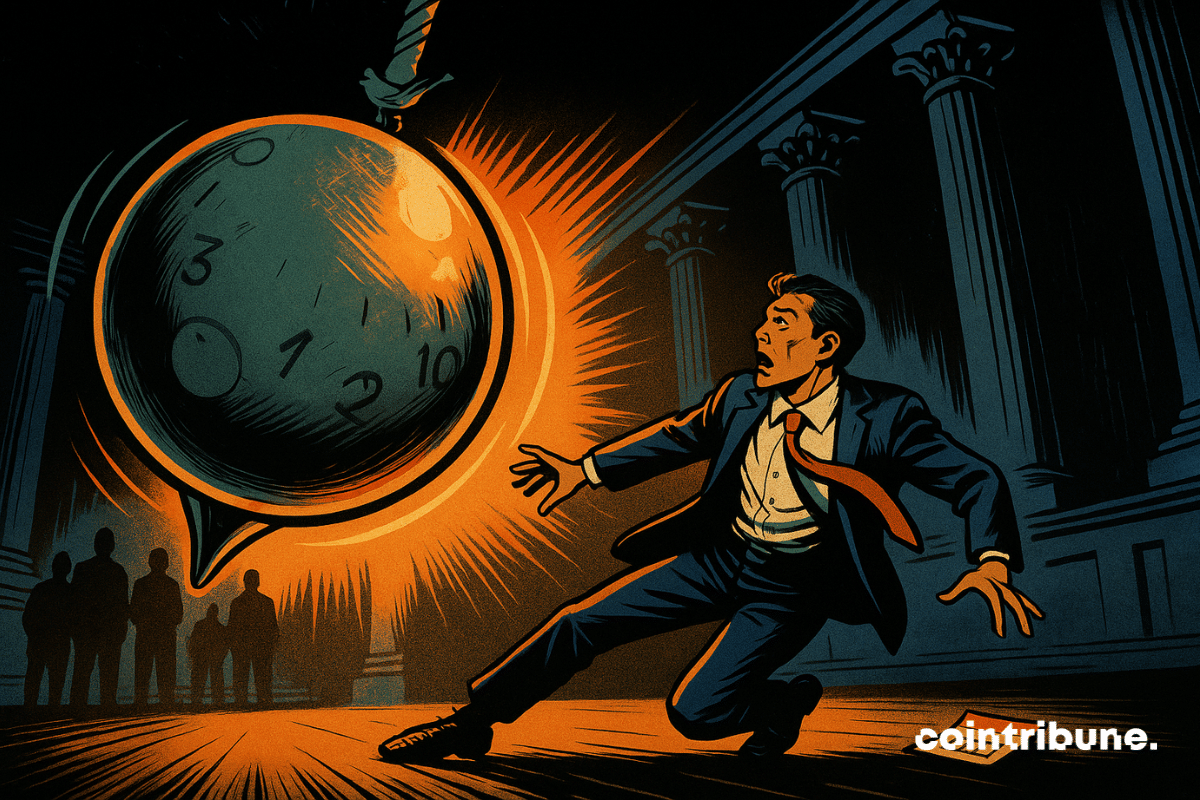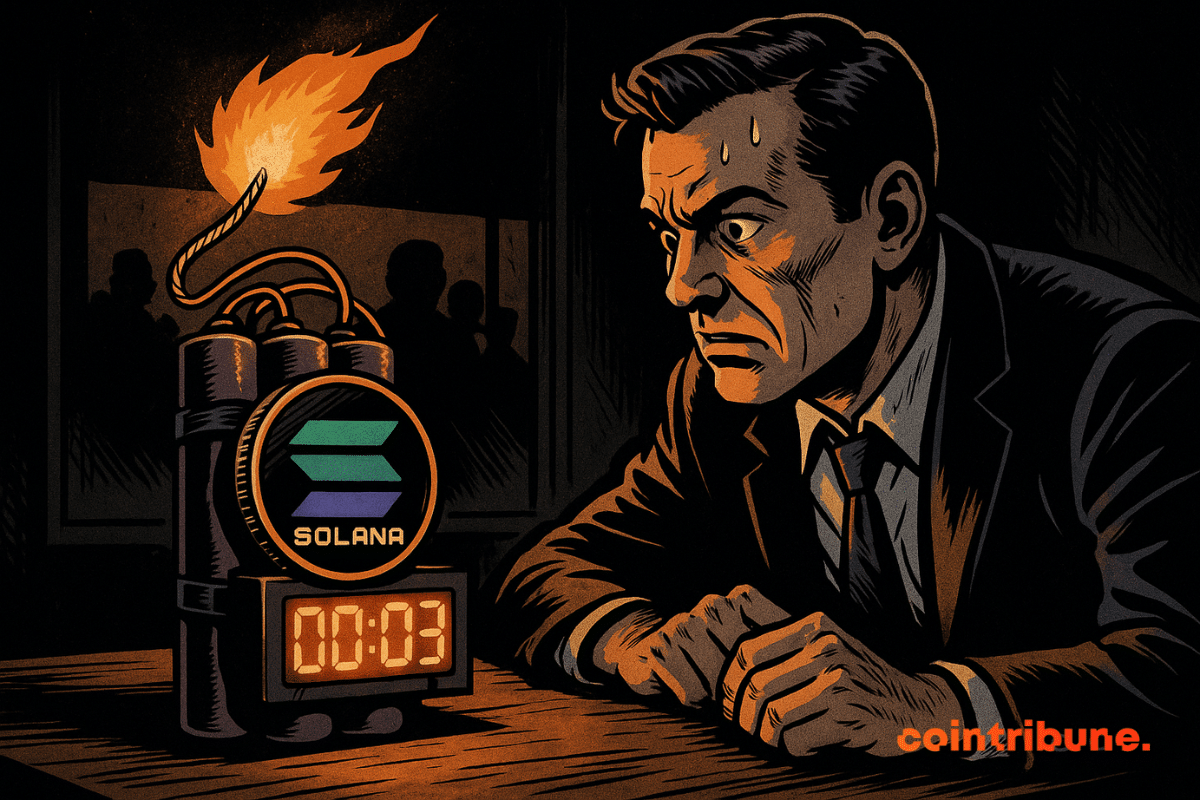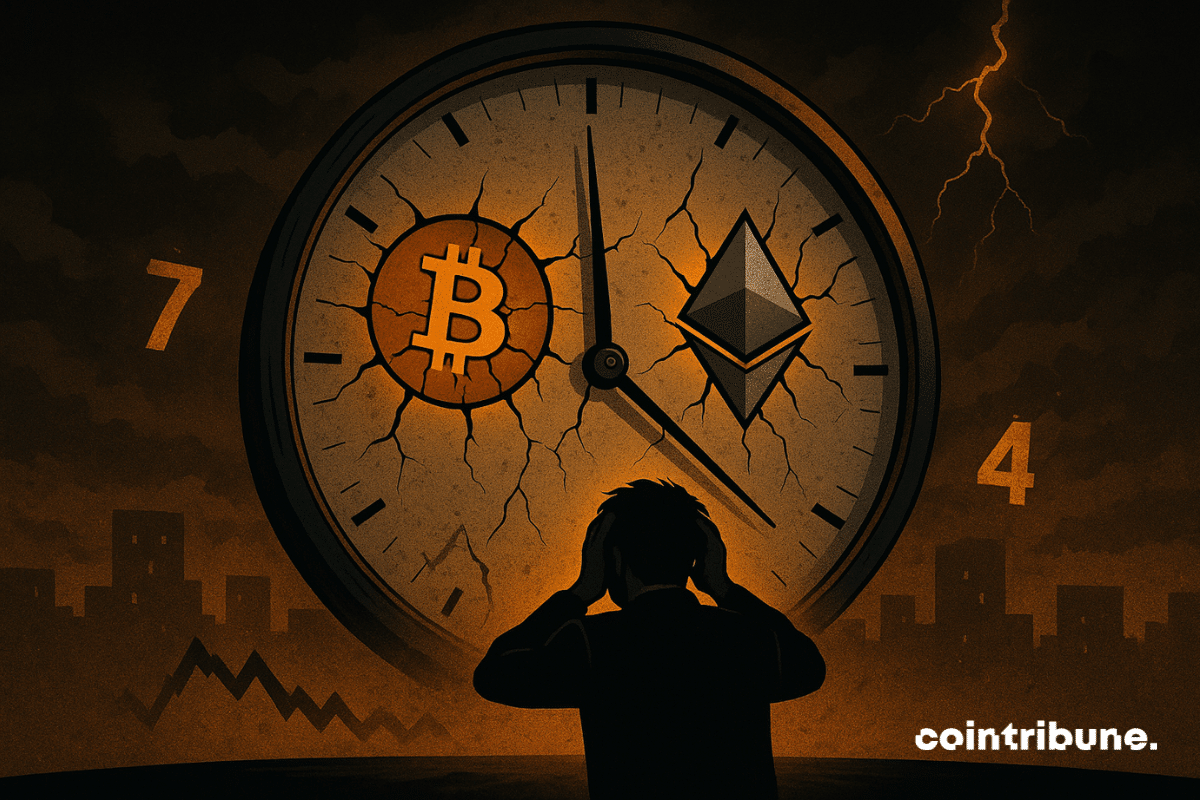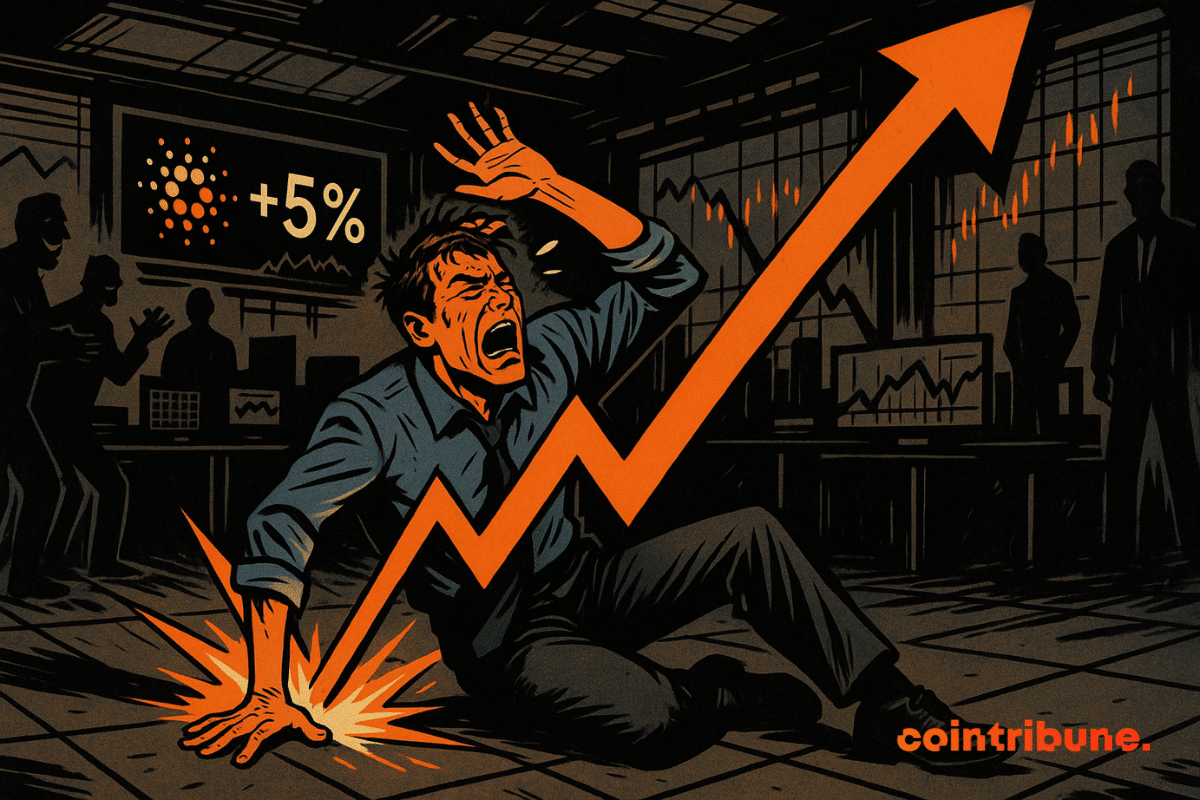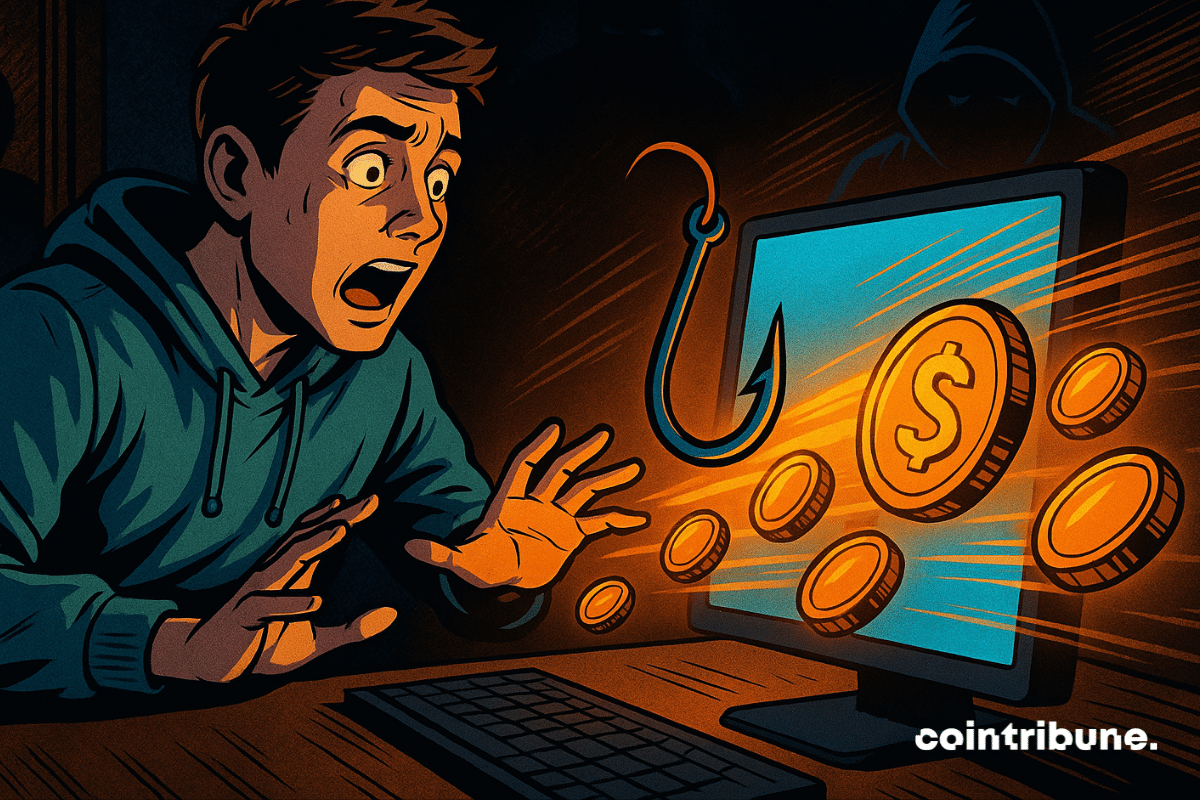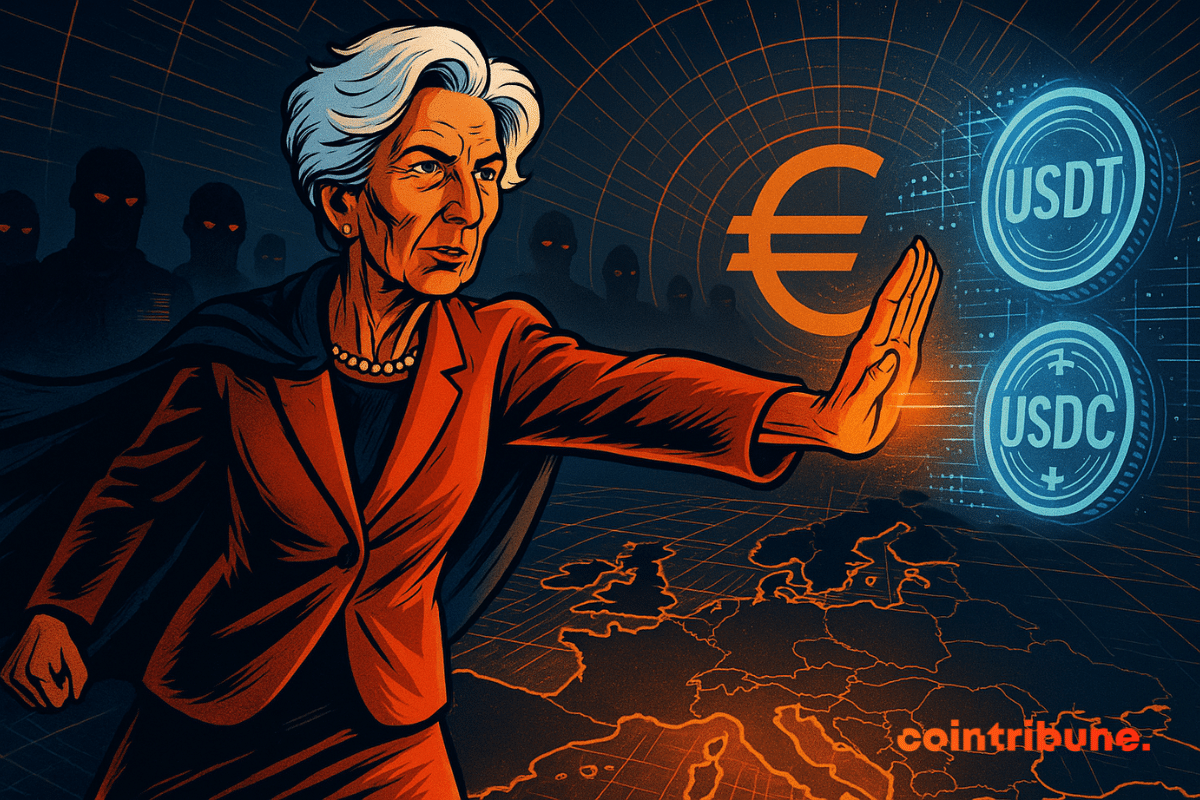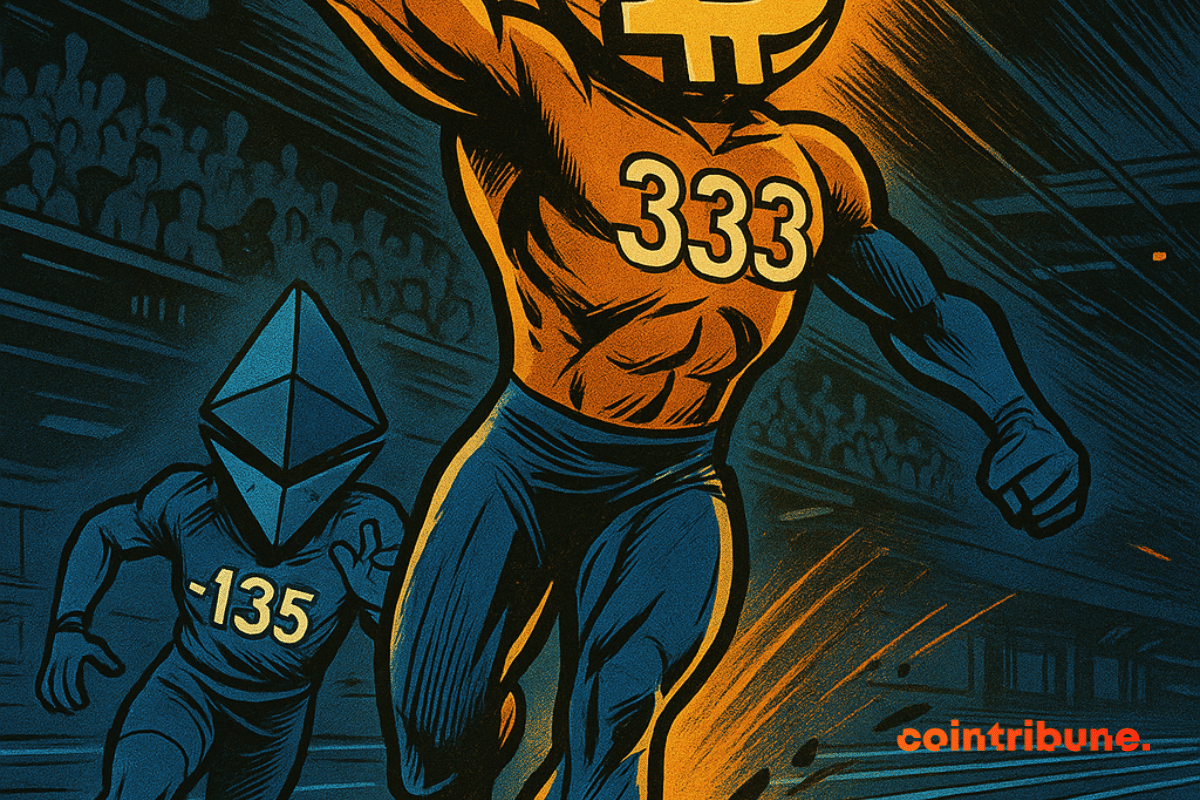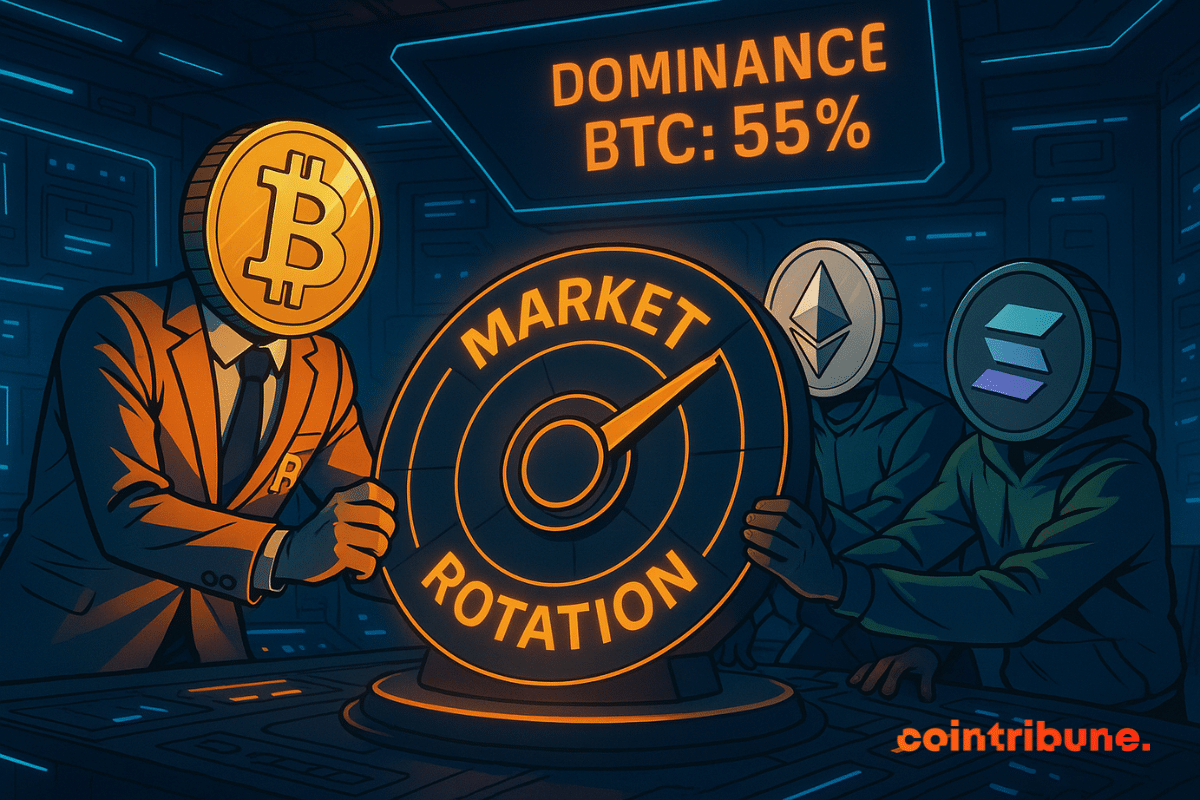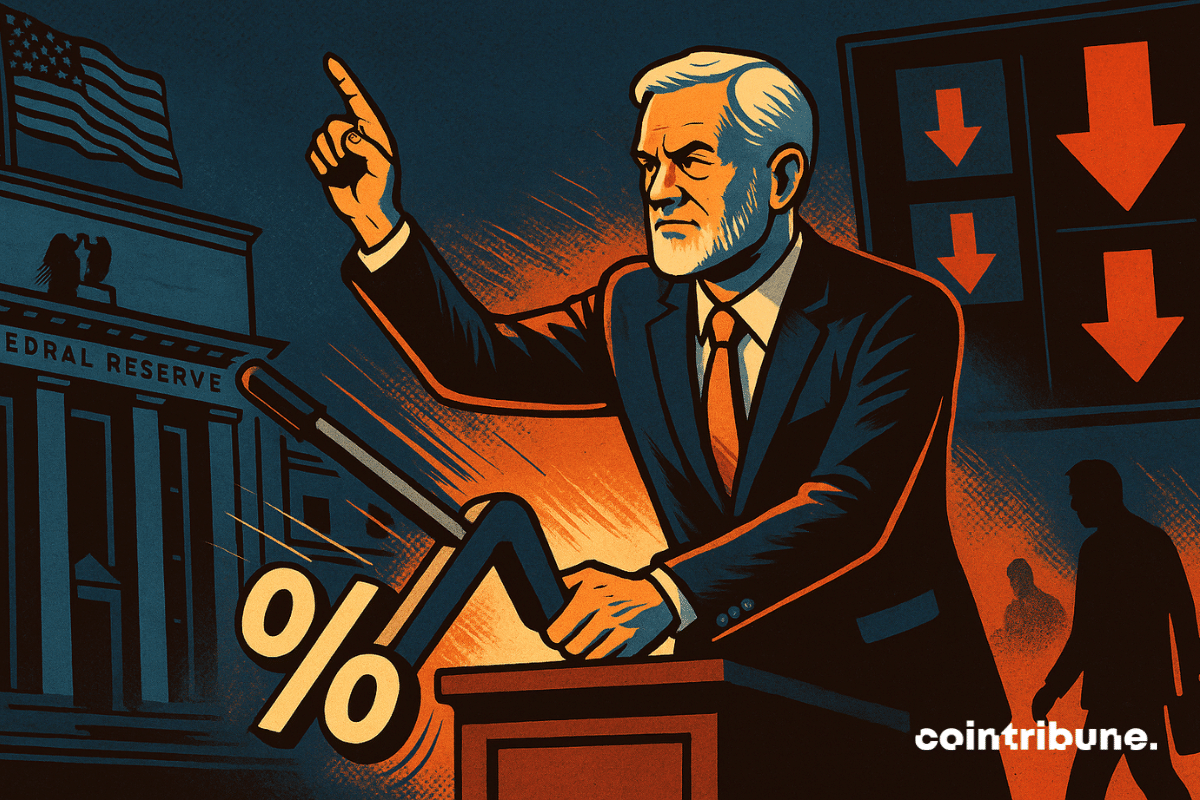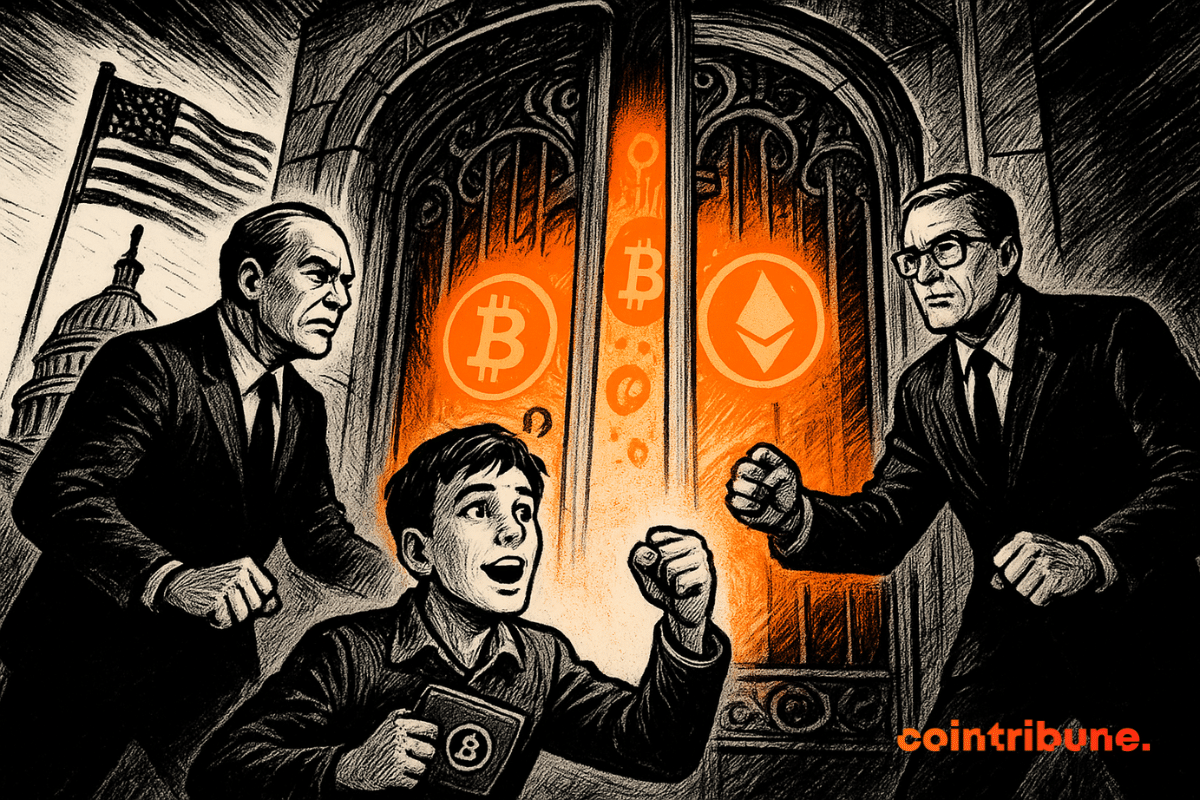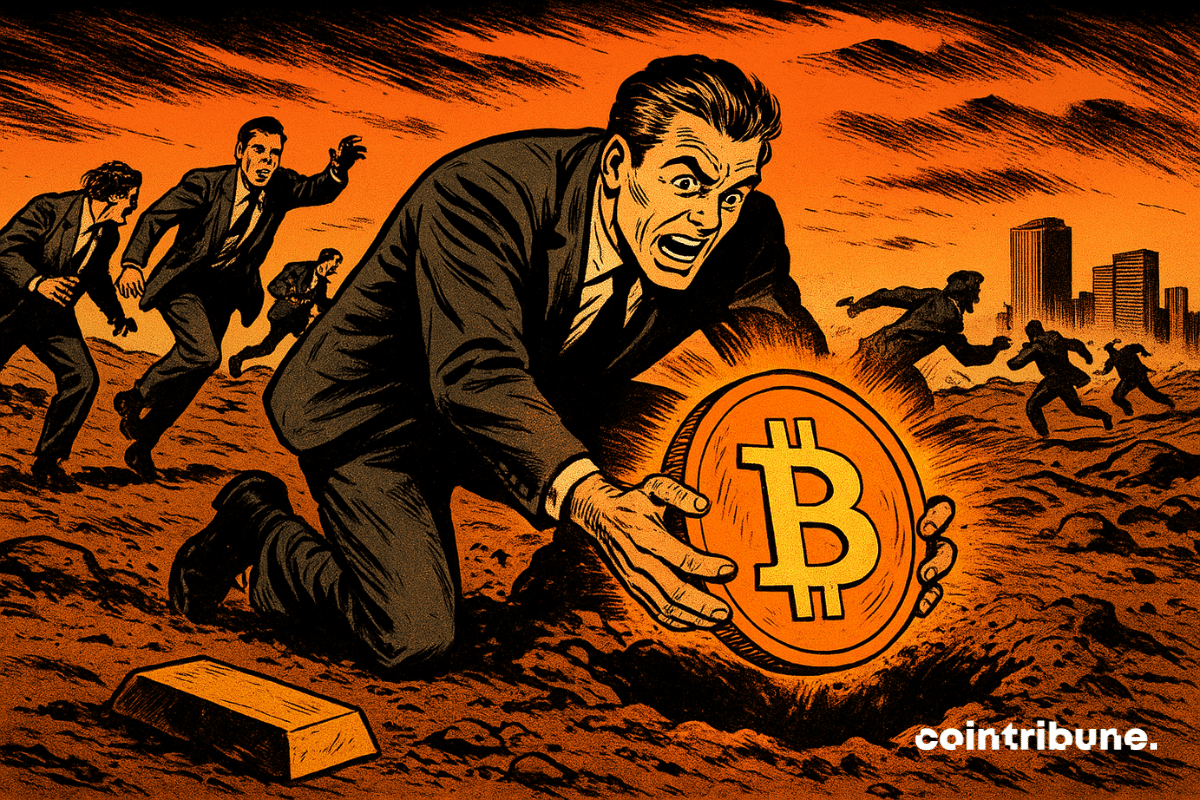Bitcoin mining difficulty touched a new all-time high as the crypto market descended into volatility following the latest US job data. After hitting an all-time high (ATH) in August, market commentators projected that the difficulty of Bitcoin mining would decrease. However, the mining difficulty has steadily increased as the month progressed, with large players dominating the space.
Short news
XRP is going through a decisive phase. Priced at $2.81, Ripple’s token is evolving in a weakened crypto market, undermined by persistent volatility. Technical indicators paint a mixed picture: selling pressure dominates in the short term, but some long-term moving averages indicate a possible recovery. Between investor caution and hopes for a rebound, XRP is now at a strategic turning point that captures analysts' attention.
While the entire crypto market oscillates between consolidation and correction, Dogecoin stands out with a unique behavior. Its open interest, a barometer of open positions on futures contracts, remains stable at a historically high level, nearing 16 billion DOGE, or approximately 3.36 billion dollars. This threshold is remarkable in a climate where speculative activity is significantly declining across the majority of altcoins.
In just three days, the American stock market witnessed a rare spectacle: eight of the largest tech companies saw their capitalization jump by 420 billion dollars. A lightning movement that repositions Google at the center of the game and confirms how regulatory decisions and advances in artificial intelligence now influence Wall Street.
Reports from the U.S. labor market sent shockwaves through the financial markets, prompting risk assets like Bitcoin to experience sharp price swings. With job data for August coming in lower than expected, predictable alarms erupted regarding a looming recession, which could drive fresh appetite towards risk assets.
Tesla is betting everything on Elon Musk with an unprecedented compensation plan. We provide you with all the details in this article.
In the crypto arena, Binance sits like a central banker: 67% of stablecoins under lock. Historic record, guaranteed concern, and dry powder ready to explode.
The Canadian company SOL Strategies reaches a historic milestone by obtaining its entry ticket to the prestigious Nasdaq. This listing, scheduled for September 9 under the symbol STKE, marks a major turning point for the Solana ecosystem, increasingly sought after by institutional investors.
At this back-to-school period, major banks are revising their outlook. Faced with a clear slowdown in the American economy, the idea of two to three rate cuts this year is gradually taking hold. Investors, hanging on the Fed’s slightest signals, see in this change of course a potential turning point.
When the largest crypto company becomes a gold prospector: Tether aligns billions and mining ambitions. Ingots, royalties, and stablecoins on the menu, all seasoned with a sovereign fund flavor.
Solana speeds like lightning but stalls below 215 dollars: ETF lurking, record upgrade and flashy meme-coins. Crypto hesitates between a surge and a scheduled slip.
This Friday, September 5, nearly $4.7 billion worth of options on Bitcoin and Ethereum expire, while technical indicators waver and the U.S. economy sends signals of slowdown. This crucial deadline could reshape the spot markets' dynamics.
Russia requires banks to monitor ATM withdrawals for fraud and notify customers, a move that may affect cash-heavy crypto operations.
Crypto crime cases related to digital assets are taking an increasingly worrying turn in Europe. In France, a new kidnapping involving a young Swiss person has just been foiled, recalling previous waves of attacks that had sown panic in the Web3 ecosystem. Seven suspects have been arrested, but many grey areas remain.
The European Central Bank intensifies its communication around the digital euro. Piero Cipollone, board member, presented new arguments in favor of the project to the European Parliament. Will the ECB manage to rally users who are still largely detractors?
Software supply-chain attacks are evolving in a disturbing way as cybercriminals use Ethereum smart contracts to hide malicious code within open-source libraries. Research presented by a security firm ReversingLabs shows that hackers now insert command-and-control instructions within blockchain contracts, complicating detection and closure by defenders. This approach signifies the increased complexity of malware distribution and blockchain becoming a tool of cybercrime.
The ghost of 2017 is haunting speculators again. While some are betting on a comeback of XRP, comparisons with the last bull run are multiplying. However, the current market has little to do with that of yesterday. New dynamics, increased competition, divergent technical signals: does the analogy still hold? Behind the hope of a bullish rebound, a colder reading of the data tells a different story.
Cardano fans are sulking, whales are stirring, and ADA is bouncing back. Yet another crypto farce where the impatience of small holders fattens the big holders.
Trust Wallet has added tokenized U.S. stocks and ETFs, allowing users to trade real-world assets directly from their wallets.
A BNB whale fell victim to a $13.5 million phishing attack on Venus Protocol. The platform paused operations, but the stolen funds were later recovered.
American crypto-focused prediction platform Polymarket has been granted operational greenlight after the U.S. Commodity Futures Trading Commission (CFTC) issued a no-action notice to two entities linked to the company. This action follows the application for regulatory relief in July.
The United States has leaped to the second spot on the Chainalysis 2025 Global Adoption Index due to regulatory clarity and increased ETF adoption. India retained its leading position as the third consecutive global leader, and Pakistan, Vietnam, and Brazil were the top five. This ranking reflects a broader trend, crypto adoption is expanding rapidly in both mature markets with clearer rules and emerging economies where digital assets address real financial needs.
The President of the European Central Bank steps up against dollar-backed stablecoins. During a conference in Frankfurt, Christine Lagarde demanded "firm" guarantees for any foreign issuer wishing to operate in the EU. A strong signal of European fears regarding the growing influence of the greenback in cross-border digital payments.
While bitcoin and Ethereum take center stage, Solana (SOL) quietly establishes itself as the new asset to watch. Driven by strong technical signals and record interest in derivative markets, the crypto is now assigned a target of $1,000. However, behind this bullish momentum lies a paradox: real activity on the network is collapsing. Between speculative frenzy and on-chain exhaustion, Solana intrigues as much as it questions.
September starts with a marked contrast on crypto ETFs: Bitcoin captures $333M in inflows, while Ether suffers $135M in outflows. This movement confirms bitcoin's place as a safe haven, but the decline in overall volume ($3.93B) and net assets ($143.21B) highlights persistent caution in the crypto market. Crypto ETF flows reveal a clear divide between triumphant Bitcoin and struggling Ether. This crypto dynamic reflects a strategic repositioning by investors, strengthening confidence in Bitcoin despite the caution.
Bitcoin sulks, altcoins stir: 55% dominance and tokens lying in wait... But who will really take the pot by December?
Two weeks before a crucial Federal Reserve meeting, the governor, expected to succeed Jerome Powell in 2026, stood out with an unambiguous statement. He wants a rate cut as early as September. In an interview with CNBC, he said the US economy requires an immediate adjustment, breaking with the caution shown by other monetary officials.
Regulated exchange platforms can conduct spot cryptocurrency trading activities, according to a joint statement by the U.S. Securities and Exchange Commission (SEC) and the Commodity Futures Trading Commission (CFTC) on September 2, 2025. This policy clarification marks a key regulatory step that could help drive crypto trading and promote investor protection.
Despite the recent bitcoin correction, the institutional rush on bitcoin continues to strengthen.
After the January explosion, interest in memecoins sees a more measured return. Google searches indicate persistent curiosity, but less euphoric, reflecting a new caution among investors. Without the usual noise from social networks and Crypto Twitter, this crypto dynamic could mark an evolution towards a more mature market approach.

